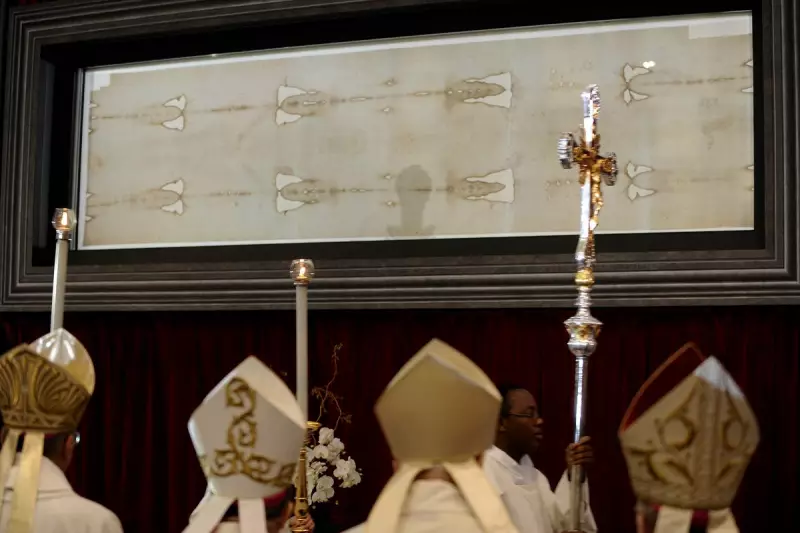
A recent scientific study has reignited the centuries-old debate surrounding the Shroud of Turin, with researchers presenting compelling evidence that the mysterious linen cloth could be the authentic burial shroud of Jesus Christ.
The study, conducted by an international team of scientists, employed advanced forensic techniques to analyze the shroud's unique markings and bloodstains. Their findings challenge previous claims that the artifact is a medieval forgery.
What makes this study different?
Unlike earlier examinations, this research focused on:
- Three-dimensional analysis of the shroud's mysterious image
- Microscopic examination of pollen grains embedded in the fabric
- Detailed blood pattern analysis matching crucifixion wounds
The scientific controversy continues
While the new findings are intriguing, many scientists remain skeptical. The shroud's origins have been hotly contested since radiocarbon dating in 1988 suggested it was created between 1260 and 1390 AD.
However, the current research team argues that the earlier tests may have been compromised by contamination from medieval repairs to the cloth.
Why does this matter to believers?
For millions of Christians worldwide, the shroud represents:
- A potential physical connection to Jesus
- Evidence supporting biblical accounts of the crucifixion
- A sacred relic with profound spiritual significance
The Catholic Church has remained officially neutral on the shroud's authenticity, while permitting scientific study and venerating it as an important icon of Christ's passion.
As research continues, the Shroud of Turin maintains its position as one of the most studied - and controversial - religious artifacts in history.





